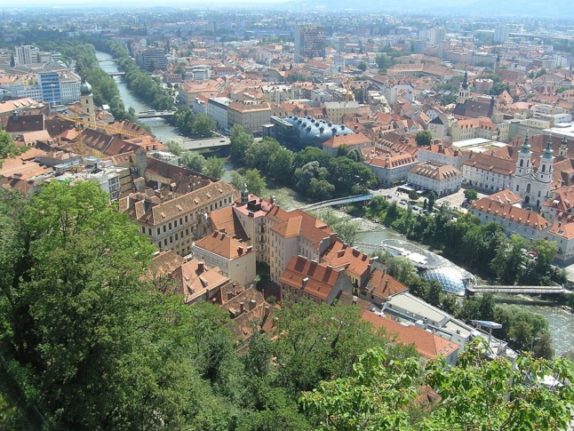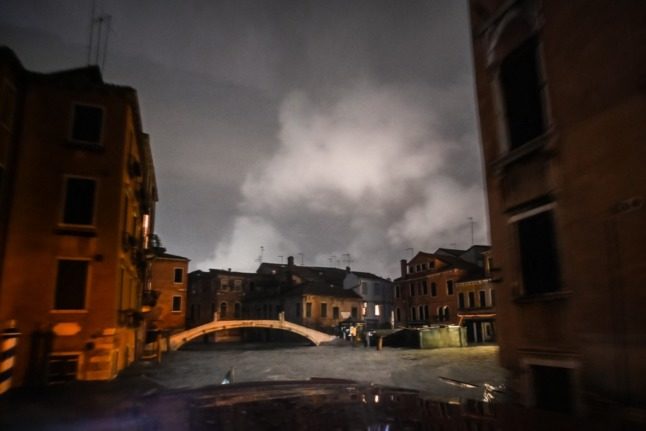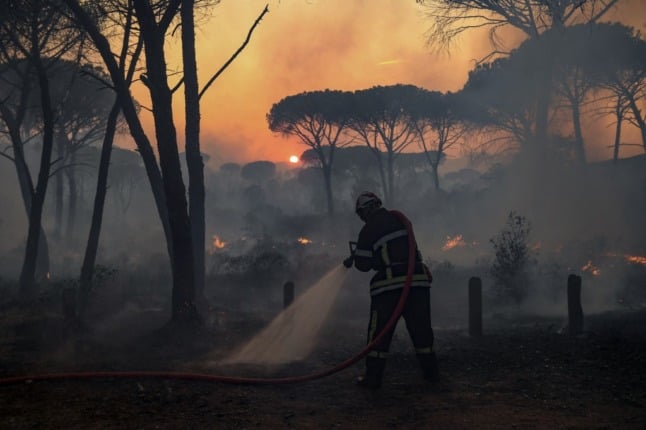One weather station in the city recorded rainfall of 110 litres per square metre in a 24-hour period, overtaking a record that had stood since the year 1938, when 105 litres fell in a 24-hour period.
City authorities appealed to residents not to leave their houses during the storm as rainwater swamped some streets and flooded into cellars.
Large balls of hail also fell, while in at least two locations in the city police had to block off streets due to uprooted trees posing a danger to drivers and pedestrians.
Rund 300 offene Einsatzstellen gilt es noch zu bearbeiten wir werden heute den ganzen Tag im Einsatz sein #Graz #Feuerwehr #Unwetter pic.twitter.com/CDBesOfzxO
— Berufsfeuerwehr Graz (@BFGraz) July 31, 2021
The fire services responded to some 60 call outs during the night. In the Judendorf district, around 30 cars were caught in a flooded tunnel with some drivers needing assistance in order to leave, according to public broadcaster ORF.
The state of Voralberg was also hit by hefty rainfall as was the district of Neunkirchen in Lower Austria, where the deluge caused damage to roofs and flooded cellars.
READ MORE: Thunderstorm warning for Friday evening and weekend in Austria
The summer of 2021 has been unusually stormy and has already set an all-time record for lighting across Austria.
There has been more than one million lightning bolts recorded across Austria by the end of July, which is above the average for each year – meaning Austria is on course for the most bolts ever in a single summer.
Upper Austria has received the highest number of bolts, with 406,000 in that state alone.




 Please whitelist us to continue reading.
Please whitelist us to continue reading.
Member comments